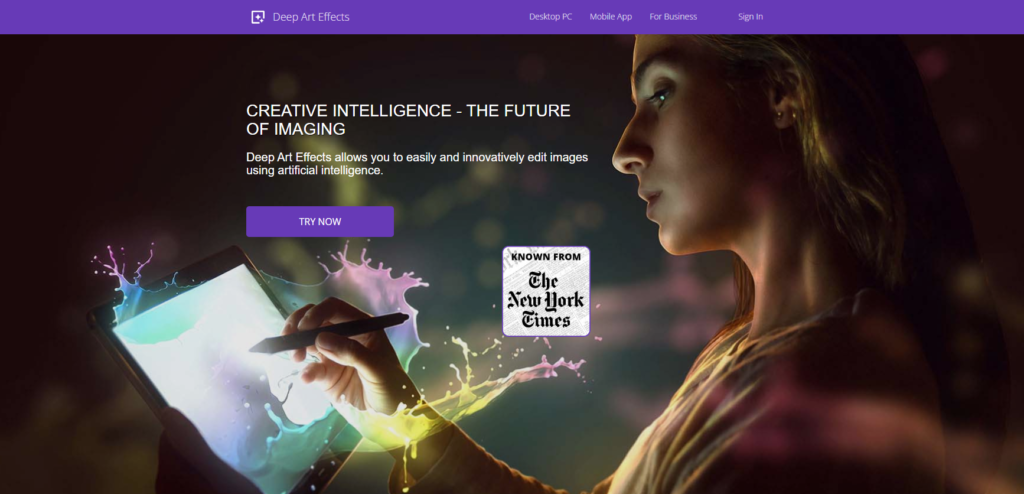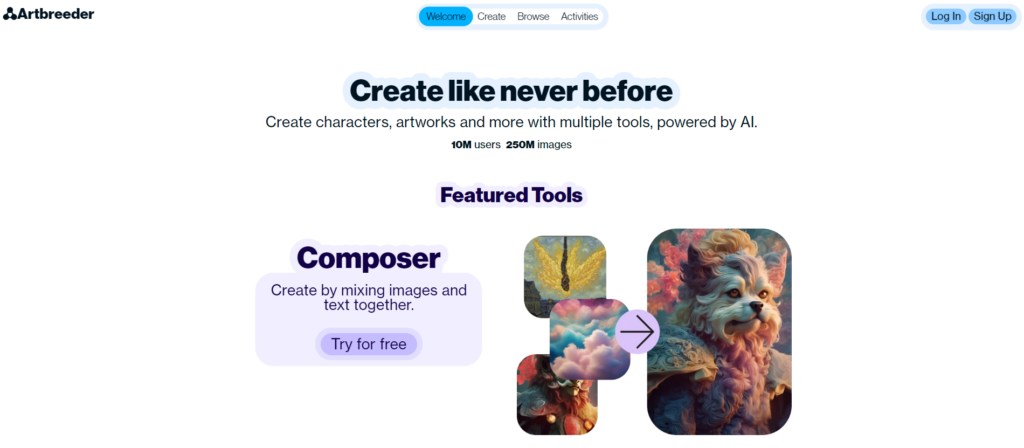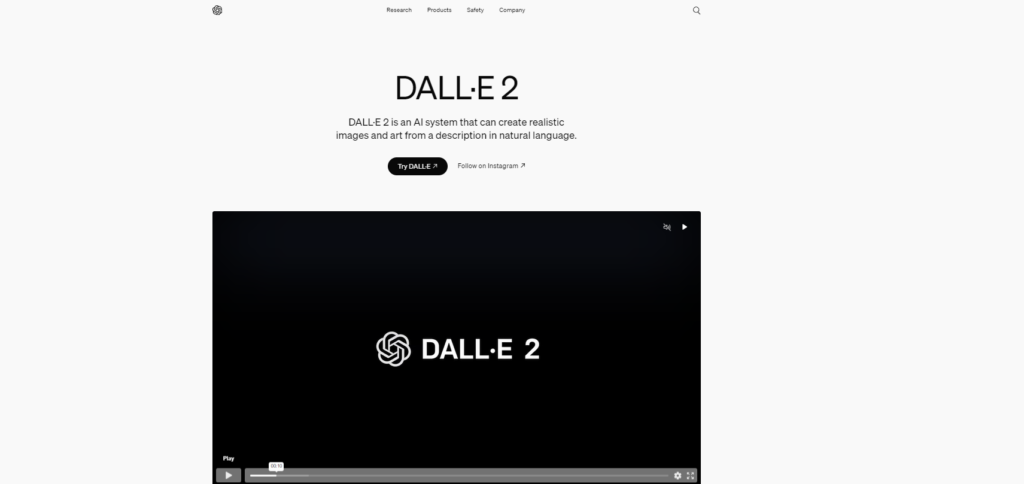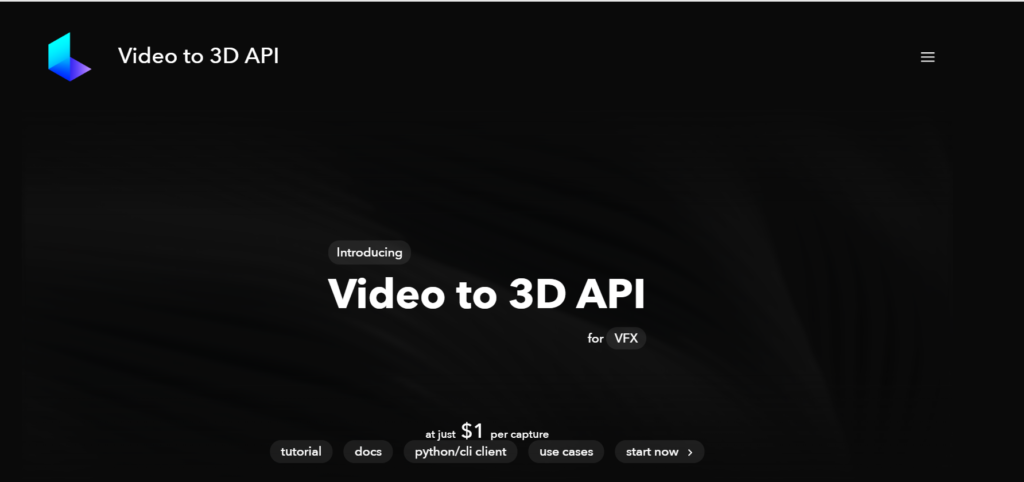AI has changed the entire game of illusion. Here you’ll see 9 best AI Illusion Tools for 2024.These tools are packed with unique features are perfect for everything from creating impossible objects to messing with reality by shaking the bounds of visual deception. But that also means, the selection of the right one is important. This guide will provide you the ability to make an informed decision between these tools by identifying their comparative key features, strengths and weaknesses. For a beginner or an experienced artist, you will have the chance to use one of their AI tricks that are supposed to accelerate your imagination and vision.

9 Best AI Illusion Tools for 2024: A Comprehensive Guide
Want to create stunning visual effects that will wow your audience? Ai illusion tools are perfect for artists, designers, and developers working on videos, graphics, or interactive experiences.
However, you may think, “Which tools are right for me?
We have done all the research for you in this blog. We will discuss Top 9 AI illusion tools for 2024 along with their feature set and advantages/disadvantages to pick the best choice.
So, Let’s begin.
2024’s Must-Have AI Illusion Tools: A Complete Guide With Pros & Cons
Here are the top 9 AI illusion tools for 2024:
1. DeepArt Effects

DeepArt is a tool that turns your photos into artwork. There are so many ways this can be used for incredible, almost painterly style pieces like Van Gogh and Picasso to wildlife. DeepArt is a solution that simplifies the art creation process and delivers beautiful artwork quickly, with high-resolution results.
Key Features:
- Variety of artistic aesthetics.
- High-resolution output.
- Easy-to-use interface.
- Fast processing times
Pros:
- Delivers high quality artworks.
- User-friendly interface.
- Quick results.
- Supports multiple formats.
Cons:
- Limited free options.
- Here you go with some High-Quality Input Images.
- Occasional style mismatch.
- Full access requires a subscription.
2. RunwayML

RunwayML, an AI tool that smartly provides machine learning models for numerous creative projects like video editioning to image generation as well as text analysis. Pros Overwhelming integration with the creative software makes it a robust tool for professionals.
Key Features:
- Extensive model library.
- Real-time collaboration.
- Integrations with creative software
- Custom model training.
Pros:
- Versatile and powerful.
- Great for collaboration.
- Supports custom models.
- Regular updates.
- Cross-platform compatibility.
Cons:
- Steep learning curve.
- Requires good hardware.
- Some features are paid.
- Can be resource-intensive.
3. Artbreeder

Artbreeder allows you to create and edit images through the use of AI, specifically generative adversarial networks (GANs). It is a fun and creative way for users to mix images together, sliding around simple controls.
Key Features:
- Easy image blending.
- High customization.
- Large community gallery.
- Fast processing.
Pros:
- Highly creative and fun.
- Intuitive interface.
- Community-driven.
- Free basic version.
Cons:
- Limited export options.
- Depends on $quality of user Input.
- Some features require a subscription.
- Results may be inconsistent
4. DALL-E

OpenAI calls this DALL-E and it generates images from text descriptions using the inherent power of deep learning. It will generate professional graphics and charts with the input text, providing a wide range of diversity in creativity.
Key Features:
- Text-to-image generation.
- High-quality outputs.
- Extensive style options.
- Creative freedom.
Pros:
- Produces unique visuals.
- Easy to use.
- High creativity.
- Wide range of styles.
- Continuous improvements.
Cons:
- It may give an unexpected result.
- Some photos and the following description have been hidden from creators to ensure that we can clearly explain what is expected with your work.
- Requires OpenAI access.
- Some outputs may be abstract.
5. NVIDIA GauGAN

One such AI implementation is the NVIDIA GauGAN real-time painting app which transforms simple sketches into photorealistic images. Great for artists that want realistic results and a speedy way to visualize their concepts.
Key Features:
- Real-time image generation.
- Simple sketch interface.
- Photorealistic output.
- Versatile use cases.
Pros:
- Intuitive and fast.
- High-quality results.
- Great for concept art.
- Free to use.
- Supports various styles.
Cons:
- Requires powerful GPU.
- Limited to sketch inputs.
- This can produce some unnatural looking content.
- Two Guard Blanks (not geared towards detail work)
6. Prisma

Prisma is an AI-powered photo editor that turns images into art inspired by famous artists. It is extensively used to generate high-end effect photos for the purpose of uploading on Instagram.
Key Features:
- Wide variety of styles.
- High-quality filters.
- Fast processing.
- Easy sharing options.
Pros:
- User-friendly.
- Great for social media.
- High-quality effects.
- Regular updates.
- Cross-platform availability.
Cons:
- Limited free version.
- Requires internet connection.
- Ads in free version.
- Full functionality requires subscription.
- Not all filters will be good on every image.
7. Luminar AI

Luminar AI is an image editing app that uses artificial intelligence to perform labor-intensive retouching work with ease, enabling anyone to improve or transform images. It is ideal for beginners as well as professionals who want top-notch results.
Key Features:
- AI-powered editing tools.
- Sky replacement.
- Portrait enhancement.
- Easy-to-use templates.
Pros:
- Powerful and intuitive.
- Great for beginners.
- High-quality results.
- Fast processing.
- Versatile editing options.
- Regular updates.
Cons:
- A bit of a learning curve for some features
- Can be resource-intensive.
- Subscription-based pricing.
- Occasional bugs
8. DeepDream

DeepDream by Google uses convolutional neural networks to amplify patterns in an image and then stitches it back onto the original scene (as was done for this lovely garden photo). Perfect for those creative or dreamlike artists.
Key Features:
- Unique dream-like effects.
- Customizable parameters.
- High-resolution outputs.
- Open-source availability.
Pros:
- Creates unique art.
- Highly customizable.
- Free to use.
- Community support.
Cons:
- May lead to varieties of unwanted results.
- Can be rocket science
- Processing can be slow.
- Limited documentation.
- Not suitable for all projects
9. Luma Ai Tool

Luma AI is an amazing software that allows you to create beautiful 3D models out of photos and videos, using advanced photogrammetric techniques.
Perfect for artists and industry professionals in the gaming, architecture or marketing world that wish to create bewitchingly realistic 3D assets without more technical know-how.
Key Features:
- Transforms pictures into intricate, high-quality 3d models.
- Craft 3D content with ease using a user-friendly interface.
- It is possible to use images and videos as input, covering a wide range of formats and types.
- Cloud-Based computing can make your rendering and processing times much faster.
- Currently supporting Augmented Reality and Virtual Reality platforms for most immersive experiences.
Pros:
- Produce 3D models will high level of detail particularly for 4k Analysis
- Beginner-friendly and easy to use
- High-speed Process with Cloud-Based Architecture:-
- Photo-video to AI input formats
- Great for AR/VR and gaming applications
Cons:
- Can be resource-intensive.
- I Need the internet to do processing on the cloud.
- Limited offline capabilities.
- Some objects don’t scan well, often due to lighting and texture.
- Subscription based pricing might be a turnoff for some users.
Wrap Up
Artificial intelligence is changing the way visual content is created and altered. The above mentioned 9 best A Illusion tools for 2024 are powered by best algorithms that can multiply your creativity in work, adding powerful features and functionality.
When it comes to drawing, choosing the right AI tool can make all the difference , Check out these 9 best AI illusion tools and choose the one that fit to your choice to create outstanding images.


